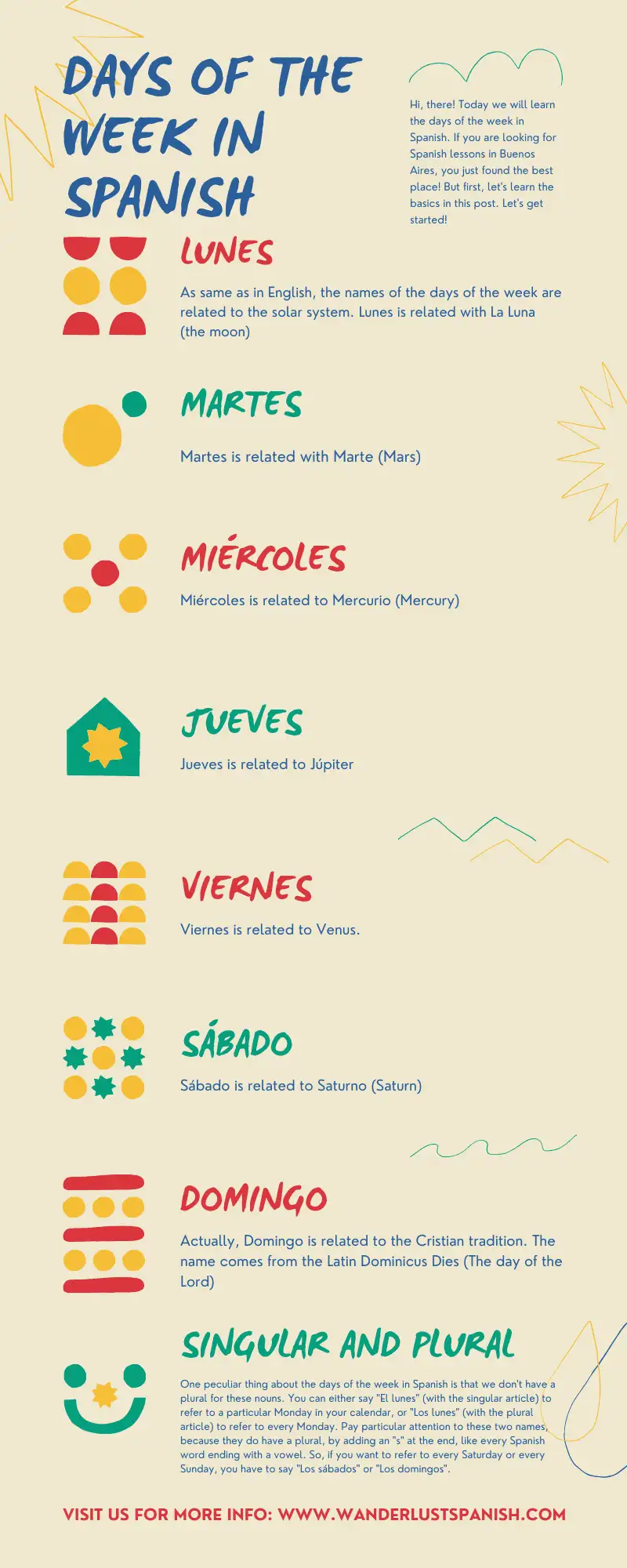Argentine Wine take you on a journey through the vineyards, cellars, and glasses of Argentina, where every sip tells a story of tradition and terroir. Welcome to a journey through the vineyards, cellars, and glasses of Argentina, a country that’s not only known for its tango and stunning landscapes but also for its world-renowned wines.
Argentine wines have been capturing the hearts and palates of wine enthusiasts worldwide, and in this comprehensive guide, we’ll delve deep into this vibrant world. Get ready to sip, swirl, and savor your way through the captivating stories, flavors, and traditions that make Argentine wines a unique and delightful experience.
The Argentine Wines Renaissance
Contents
The story of Argentine wines is a tale of revival, innovation, and a deep connection to the land. While Argentina has a long history of wine production dating back to the Spanish colonial era, it wasn’t until the late 20th century that the country began to make its mark on the global wine stage. During this period, Argentine winemakers embarked on a journey to unlock the full potential of their vineyards, experimenting with various grape varieties and winemaking techniques.
The result was a renaissance of Argentine wines, with Malbec emerging as the star of the show. Malbec, originally from France, found a new home in the high-altitude vineyards of Mendoza, where it thrived and produced wines of exceptional quality. Today, Argentine Malbec is celebrated for its deep color, velvety texture, and notes of ripe fruits and spices.
The Terroir of Argentina
One of the key factors behind the success of Argentine wines is the country’s diverse terroir. Argentina’s vast wine regions span from the high-altitude vineyards of the Andes Mountains to the fertile plains of Mendoza and beyond. Each region offers a unique combination of soil types, climate, and altitude, creating distinct terroirs that shape the character of the wines produced there.
Mendoza, located at the foothills of the Andes, is Argentina’s most famous wine region and the heart of Malbec production. Its high-altitude vineyards benefit from the pure meltwater of the Andes, creating optimal conditions for grape cultivation. The resulting wines are known for their freshness, bright acidity, and elegance.
Salta, in the north of Argentina, boasts some of the highest vineyards in the world. The unique combination of altitude and temperature variations results in wines with intense flavors and remarkable complexity. Torrontés, a fragrant white grape variety, thrives in this region, producing aromatic and refreshing wines.
Further south, in Patagonia, the cooler climate and winds from the Southern Ocean create ideal conditions for the production of Pinot Noir and Chardonnay. These wines are celebrated for their finesse and balance.
Exploring Argentine Wine Varietals
While Malbec is the undisputed king of Argentine wines, the country offers a wide array of grape varieties that showcase its winemaking diversity. Here are some notable Argentine varietals:
Malbec: As previously mentioned, Malbec is Argentina’s flagship grape. It produces wines with rich blackberry and plum flavors, along with hints of chocolate and spices. Malbec pairs wonderfully with Argentine barbecue, making it a staple at asados (barbecue gatherings).
Torrontés: Argentina’s signature white grape, Torrontés, yields aromatic and refreshing wines with notes of white flowers, citrus, and tropical fruits. It’s the perfect choice for a sunny afternoon on the patio.
Bonarda: This red grape variety offers wines with bright red fruit flavors, soft tannins, and a juicy finish. It’s often used in blends or enjoyed as a single varietal wine.
Cabernet Sauvignon: While not as common as Malbec, Cabernet Sauvignon thrives in select regions of Argentina. It produces robust wines with blackcurrant, tobacco, and cedar notes.
Syrah (Shiraz): Syrah vines flourish in the high-altitude vineyards of Argentina, resulting in wines with dark fruit aromas, pepper, and a spicy character.
Chardonnay: Chardonnay from Argentina is known for its fresh acidity and flavors of green apple, pear, and citrus. It’s an excellent match for seafood and creamy dishes.
The Argentine Wine Experience
Exploring Argentine wines goes beyond the glass; it’s about embracing the culture, traditions, and passion that surround winemaking in this vibrant country. Whether you’re sipping a glass of Malbec in a bustling Buenos Aires wine bar or visiting a family-run winery in the heart of Mendoza, each experience offers a unique glimpse into the Argentine wine world.
Wine tourism has flourished in Argentina, with wineries welcoming visitors from around the globe. You can embark on guided tours through the vineyards, witness the winemaking process, and enjoy tastings of the finest wines paired with local cuisine. The warmth and hospitality of the Argentine people make these wine experiences truly unforgettable.
Pairing Argentine Wine with Cuisine
Argentina’s culinary scene is a perfect complement to its wines. The country’s gastronomy is renowned for its flavorful dishes, including succulent steaks, empanadas, and hearty stews. When it comes to pairing Argentine wines with food, the possibilities are endless.
Malbec, with its bold and robust character, is a natural match for grilled meats, making it the go-to choice for an authentic Argentine barbecue. The tannins in Malbec cut through the richness of the meat, creating a harmonious pairing.
For white wine enthusiasts, Torrontés is an excellent choice to accompany ceviche, seafood, or spicy dishes. Its vibrant acidity and aromatic profile elevate the flavors of these dishes.
Argentina’s diverse wine offerings mean you can find the perfect wine for any meal, from casual picnics to gourmet dining experiences.
The Art of Wine Production in Argentina
Argentine wines are renowned for their unique qualities, and it all begins in the vineyards. Argentina boasts a wide range of wine-producing regions, each offering distinct climatic conditions and soil types. These diverse terroirs play a crucial role in shaping the flavor profile of Argentine wines.
One of the most famous wine regions in Argentina is Mendoza, located at the foothills of the Andes Mountains. The high-altitude vineyards here benefit from sunny days, cool nights, and well-drained soils. This combination results in grapes with intense flavors and vibrant acidity. Malbec, the flagship grape of Argentina, thrives in Mendoza’s climate and produces rich, full-bodied wines that are celebrated worldwide.
Another notable wine region is Salta, located in the north of Argentina. The vineyards in Salta are some of the highest in the world, with altitudes reaching over 9,000 feet (2,700 meters). These extreme conditions create unique growing conditions that lead to wines with distinctive character and excellent acidity. Torrontés, an aromatic white grape, thrives in Salta and is known for producing refreshing, floral wines.
Further south, in the Patagonia region, vineyards experience cooler temperatures and oceanic influences. This results in elegant, cool-climate wines that stand out for their finesse and balance. Pinot Noir, a grape variety often associated with Patagonia, produces wines with bright red fruit flavors and a silky texture.
The winemaking process in Argentina combines tradition with innovation. Many wineries have adopted modern techniques while preserving the essence of Argentine winemaking. One such tradition is the use of concrete vats, known as “piletas,” for fermentation. These piletas help regulate temperature and allow for gentle extraction of flavors and colors from the grape skins.
The Future of Argentine Wines
The future of Argentine wines shines brightly on the global stage. With its dedication to quality, sustainability, and innovation, Argentina’s wine industry continues to evolve and capture the hearts of wine enthusiasts worldwide. As winemakers explore new grape varieties, experiment with winemaking techniques, and embrace eco-friendly practices, the possibilities for Argentine wines are limitless.
Moreover, as the world becomes more interconnected, Argentine wines are finding their way into international markets, reaching a broader audience of wine lovers. This global recognition is a testament to the country’s commitment to producing exceptional wines that reflect its unique terroirs and winemaking traditions.
In the coming years, Argentine wines are poised to further diversify and captivate wine enthusiasts with their authenticity and distinct character. Whether you’re sipping a robust Malbec, an elegant Torrontés, or an experimental blend, you can be sure that each bottle carries a piece of Argentina’s soul and a promise of exceptional quality.
In conclusion, Argentine wines are a true reflection of the country’s rich culture, diverse landscapes, and passionate winemakers. Whether you’re a wine connoisseur or a curious traveler, learning about Argentine wines can be an enriching and enjoyable experience. From the high-altitude vineyards of Mendoza to the cool-climate regions of Patagonia, each sip tells a unique story of Argentina’s winemaking journey.









